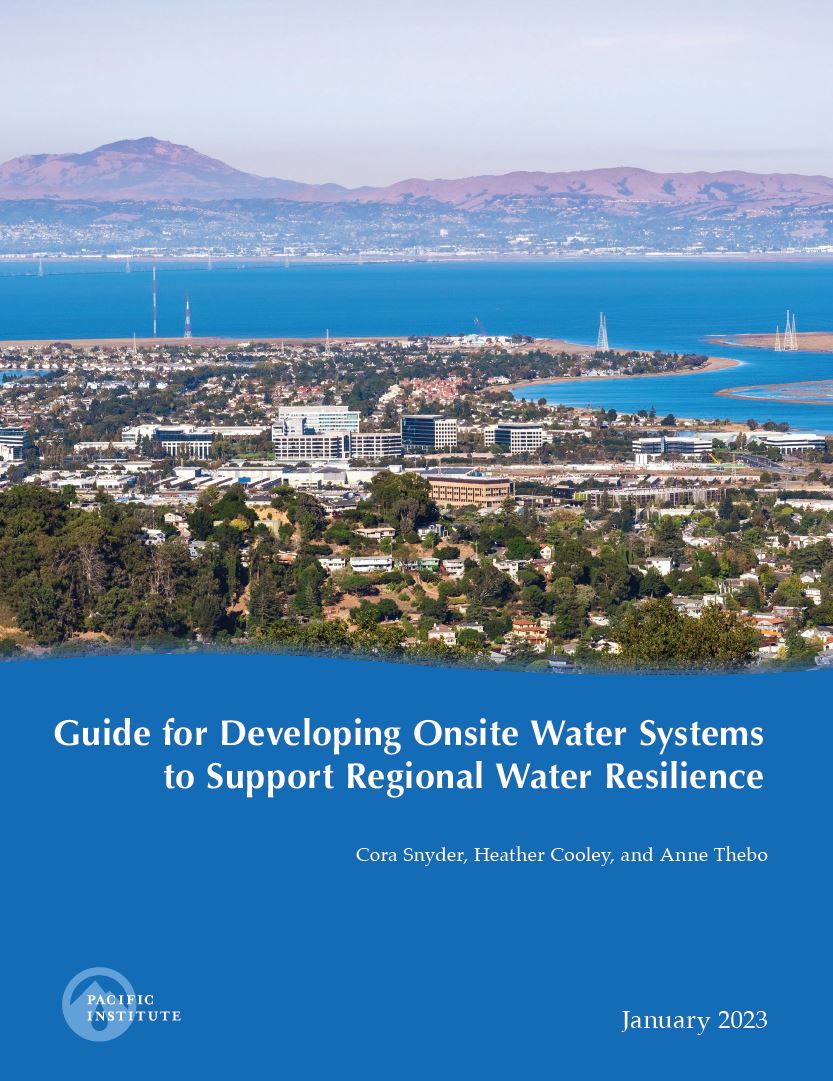Guide for Developing Onsite Water Systems to Support Regional Water Resilience

Guide for Developing Onsite Water Systems to Support Regional Water Resilience
Overview
Urban communities across the country are facing growing water challenges, including water scarcity, flooding, pollution, aging infrastructure, and more. These challenges present risks, but they also present an opportunity to rethink how we manage water, including adopting circular approaches in new developments that reduce their water footprint and improve urban water resilience. Onsite water systems, for example, collect, treat, and reuse water from onsite sources, such as wastewater, rainwater, and stormwater, for non-potable water uses like toilet flushing, outdoor irrigation, and cooling.
Onsite water systems have the potential to provide multiple benefits for a site, water and wastewater systems, communities, and ecosystems. For private sector developers, onsite systems can help reduce water scarcity risks, provide resilience to water supply disruptions, and support corporate water stewardship goals. For communities, onsite water systems can help enhance water supply reliability, improve water quality, reduce localized flooding, and increase urban green space.
This guide helps site developers consider how water systems can be planned, designed, and operated to provide multiple benefits and promote four desired outcomes: advancing water resilience, supporting equity, supporting the environment, and protecting public health. For each of these outcomes, the guide provides sample questions to consider, stakeholders to engage, resources to examine, and analyses to perform. The guide also offers insights on how the realization and magnitude of benefits can vary with the type of system, scale of adoption, and other context-specific factors.

